Proper feeding is one of the most important aspects of taking care of a horse. Other basic requirements are grooming, lodging, hoof care, exercise, and prevention of illnesses.
All horse breeds, domestic and wild, are herbivores. After a long process that took millions of years, the equine species’ teeth and digestive systems have changed and adapted to obtain the required nutrients from forages. The importance of proper feeding can be summarized in 5 aspects:
- Because feeding takes about 25% to 50% of the total cost of keeping a horse, designing a good feeding program most combine two elements: investing the resources wisely while providing the best nutritional support to the animals.
- A horse’s diet should be designed to fulfill all the animal’s nutritional needs according to its age, physiological stage, body condition (a score based on appearance and correlated to weight), and physical activity.
- A healthy, well-fed horse is easy to identify by its vivacity, shiny and silky coat, hardness of its hooves, proper body condition, appropriate growth and development rates (in young horses), reproductive activity, and working capability.
- Good nutrition is one of the best ways to keep a horse healthy because the horse’s immune system works better, and metabolic problems may be prevented.
- Considering the horse as an athlete, it is easy to conclude that ‘extra weight’ does not help performance. Actually, although thin horses do not look good and are usually considered being underfed, overweight horses are not healthy either; this is an obvious sign that their feeding program needs adjustments.
Based on the above, it becomes clear that designing a feeding program for horses is more than offering them some daily food to eat. And to get the best results, it is important to understand the species well and being able to put a great deal of elements together. This requires knowing about:
- The equine’s gastrointestinal tract, its functions, and the phases of digestion. The equine species are mono-gastric animals (like humans, pigs, and dogs) that eat forage to obtain the nutrients from it to survive, like ruminants (e.g., cows) do, as well. So, horses must be treated as such (mono-gastric) and, instead of forcing them to change their physiology, thus, risking the well-being, their gastrointestinal tract must be studied passionately to find ways of feeding them in more natural and safe ways. Read here about the horse’s gastrointestinal tract and its functions.
- The actual nutrients needed by horses and how they can be obtained from their food. Although some basic nutrients are commonly needed by most animal species and humans, they are neither required in the same quantities nor obtained in the same ways. Read here about the nutrients required by horses and their digestion.
- The feeding sources available, how to evaluate their quality, and the best ways to offer them to the horses: pasture (the most natural), fresh-cut grass, hay, other forms of dehydrated forage (hay blocks, cubes, pellets), cereals, feed concentrates, supplements (amino-acids, minerals, and/or vitamins), etc. Read here about horse feeding sources.
- How to design a horse’s diet based on the expected intake for its size and age, the physiological stage, body condition, physical activity, and current health. Read here about how to design a proper diet for a horse.
- The horse’s habits and behaviors to be able to feed them more efficiently and effectively, while causing the least possible changes to their nature. Besides having a unique gastrointestinal tract that can be easily affected by diet changes, horses have been domesticated, often stalled many hours a day (if not all the time), trained to perform as high-end athletes, and forced to change their eating habits in, at least, two main ways: First, being fed new food sources (e.g., grain); second, being fed in schedules convenient to people, not necessarily to horses. Read here about Recommendations for a successful horse’s feeding program.
- The most common horse feeding-related diseases and their prevention. Read here about Feeding and metabolic disorders.Learning and applying this information and from the complementary articles being referred, will give you enough elements to design a horse feeding program far better than what most horse owners can do. Of course, further discoveries about equine nutrition will continue to provide us with new elements to feed the horses more efficiently, effectively, and safely. Stay tune!

